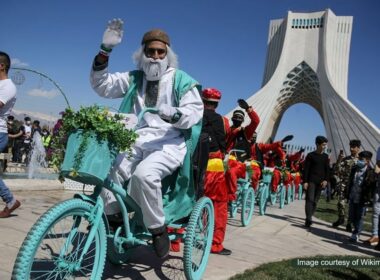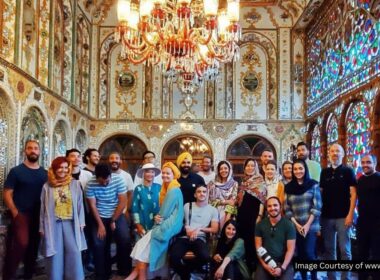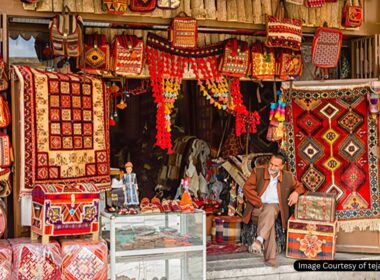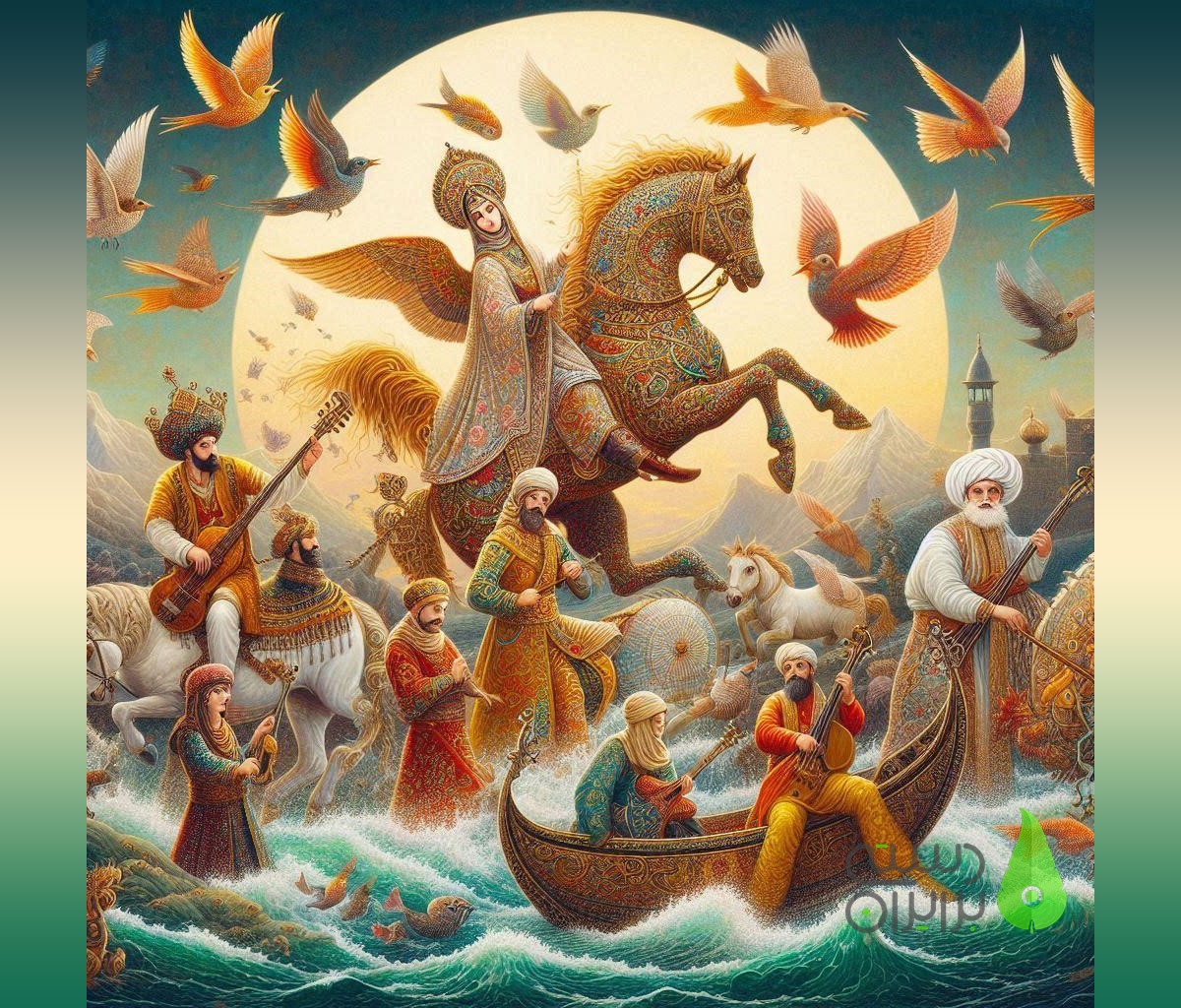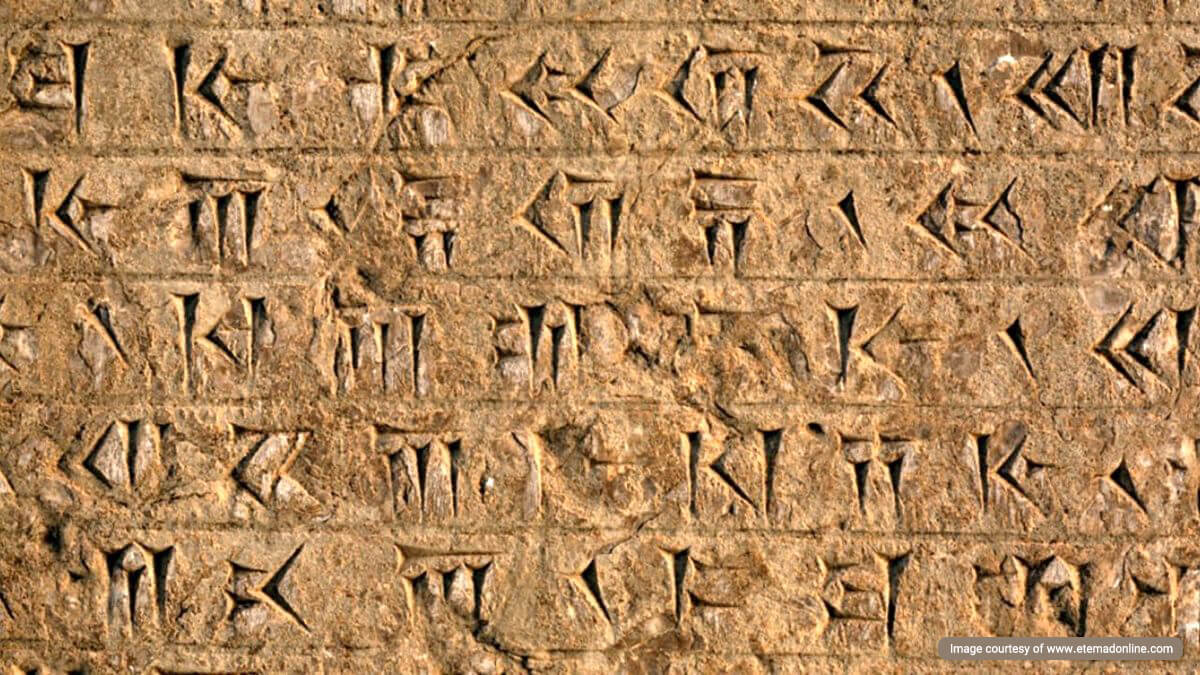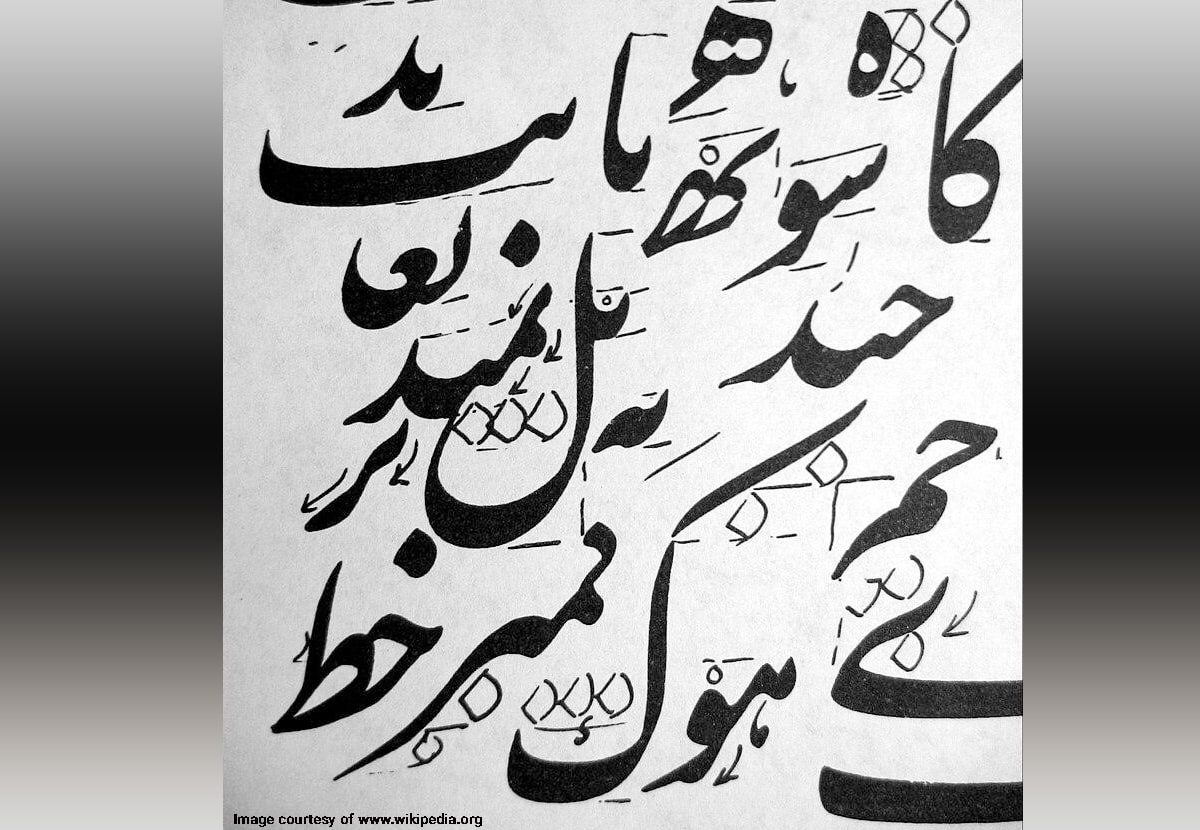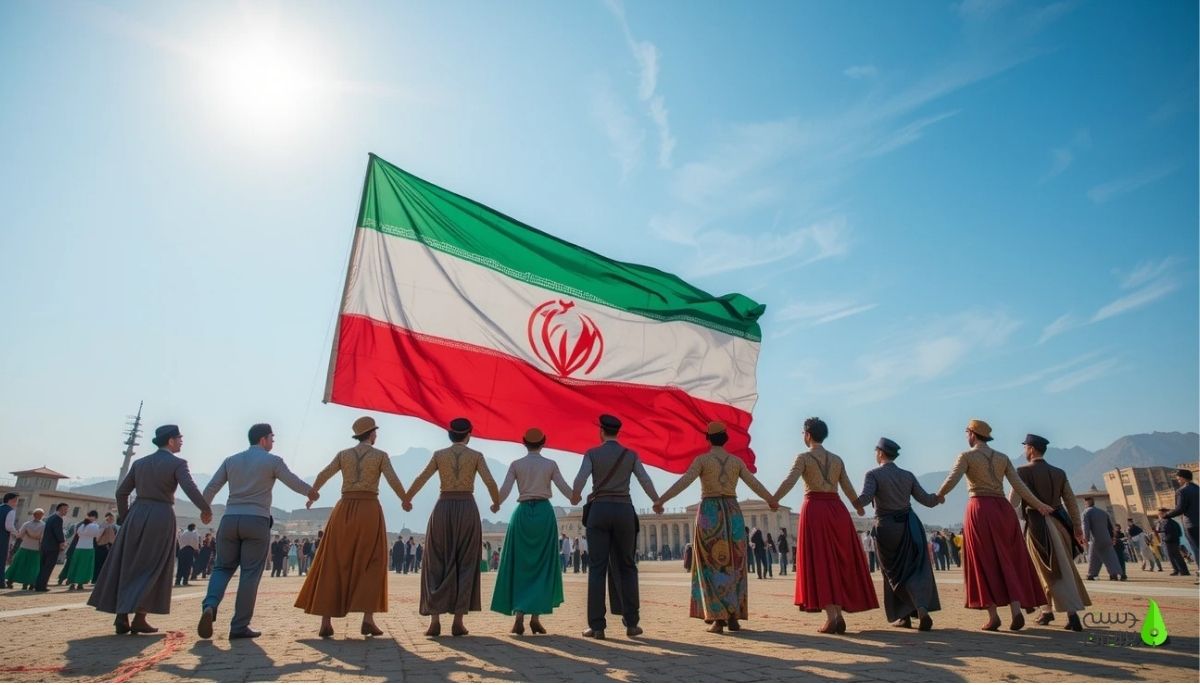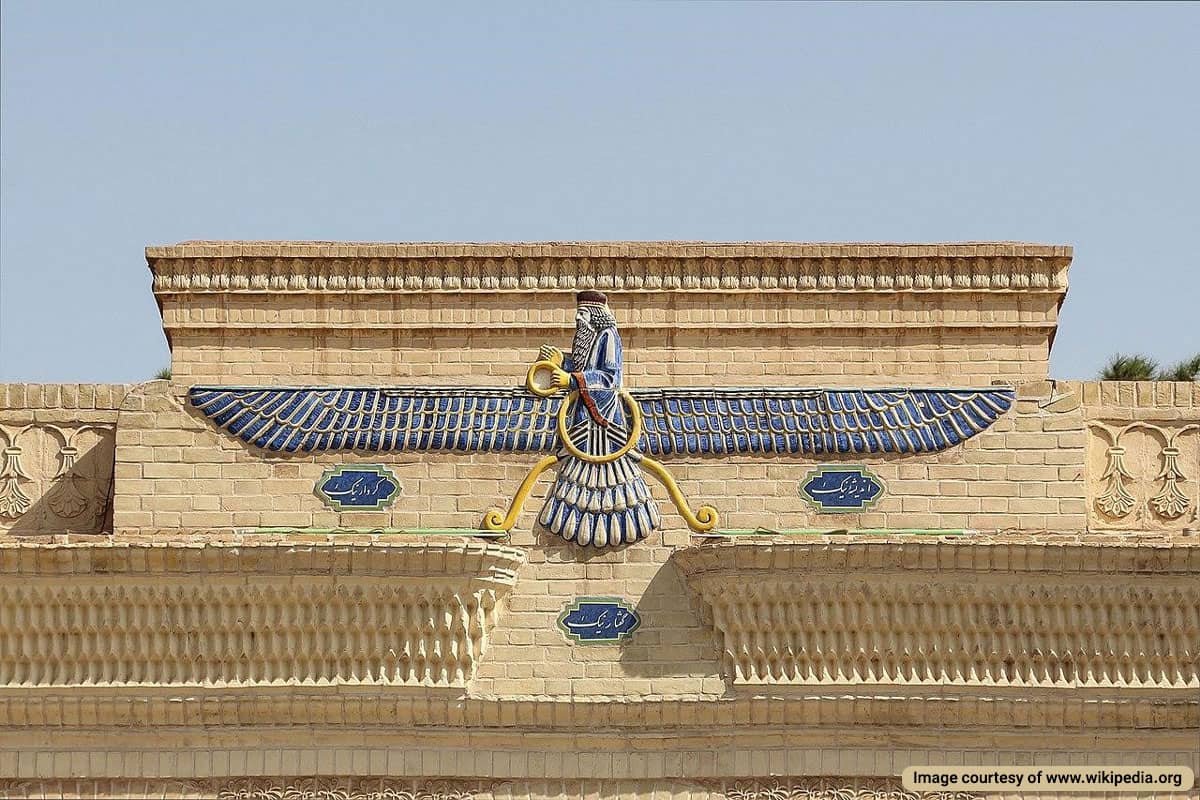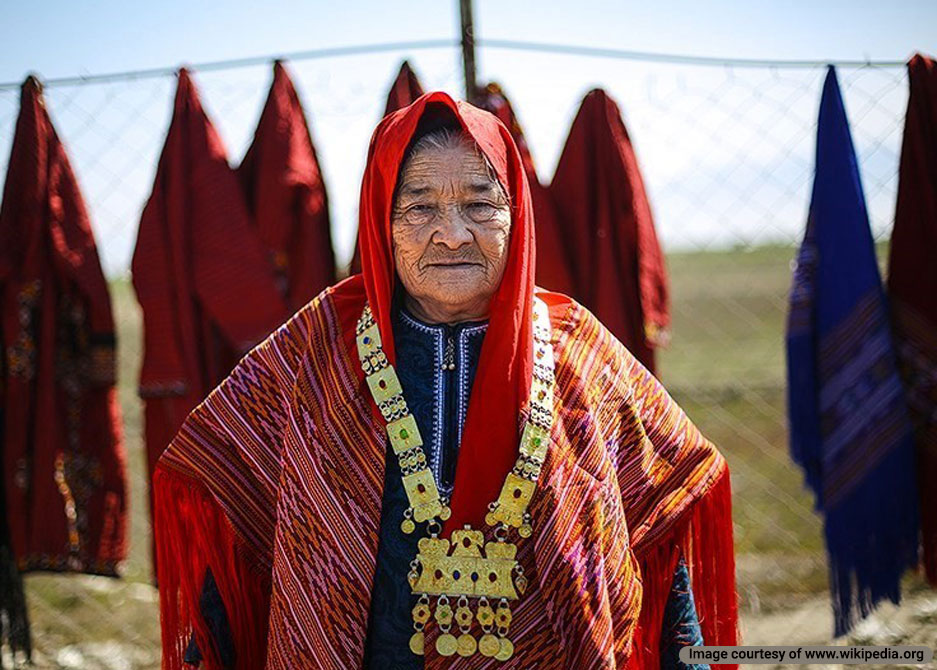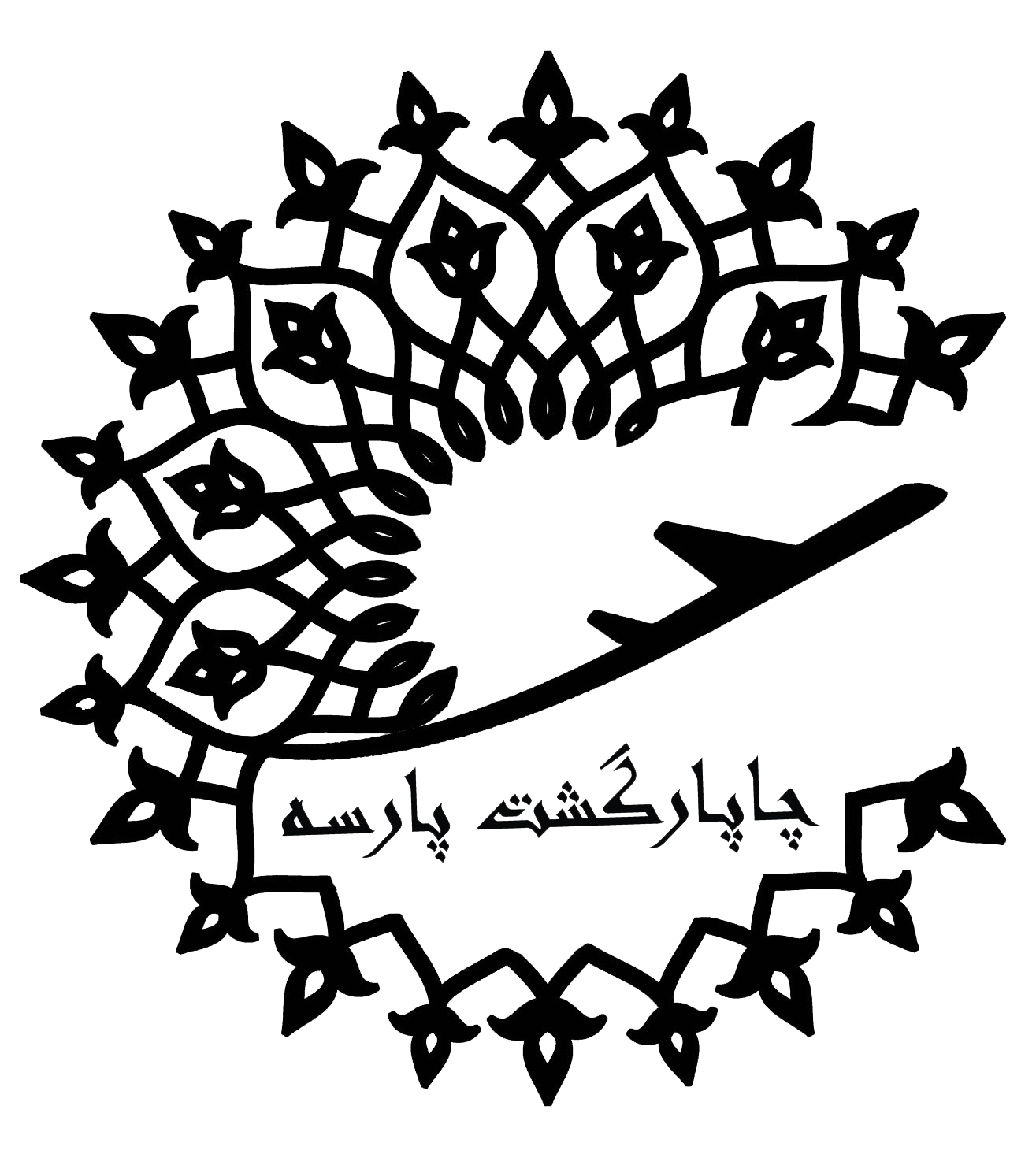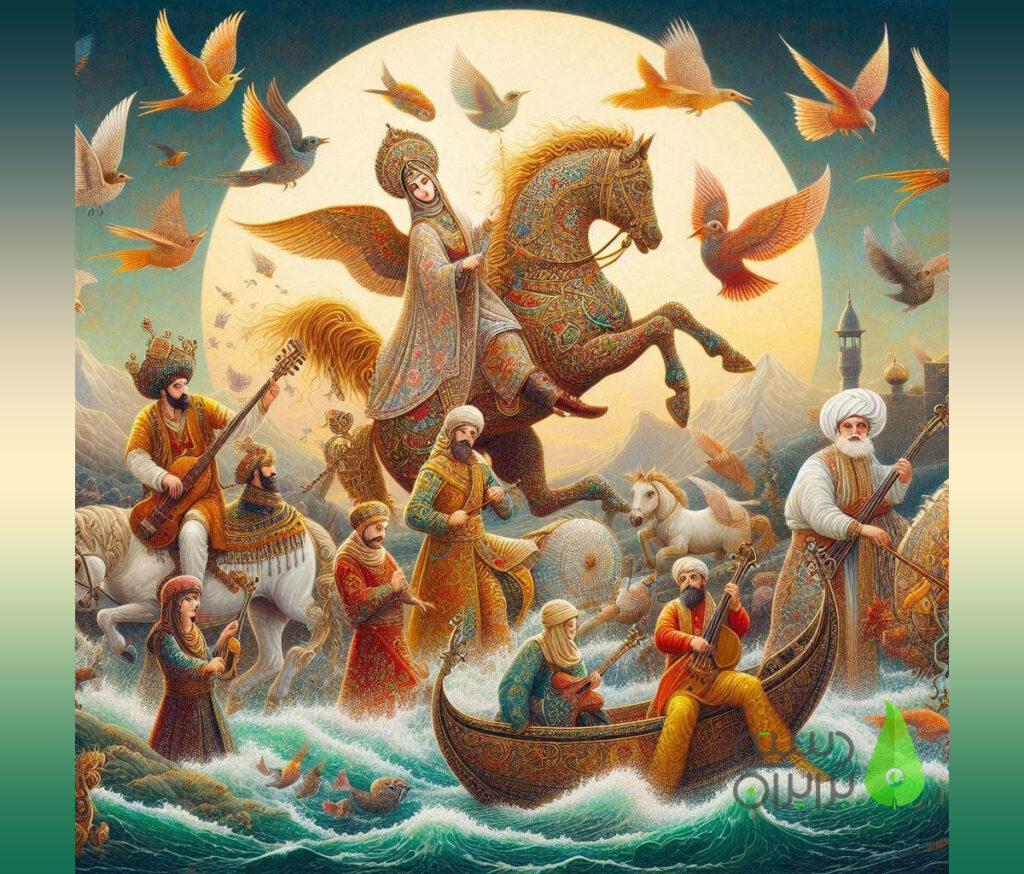
Persian Folklore is the collection of traditional stories, fairy tales, proverbs, rituals, and beliefs held by Iranians throughout the ages. Iranian folklore is distinct from Iranian myths that include figures from Shahnameh and Zoroastrian lore. In this post, we will explore some of the most famous Persian folk tales and traditions.
Persian Folklore Creatures
Many fantasy creatures are present in Iranian folktales and Persian folklore that possess supernatural powers and are symbols of evil and chaos or good. The following are the most popular folklore creatures from various folktales.
Āl
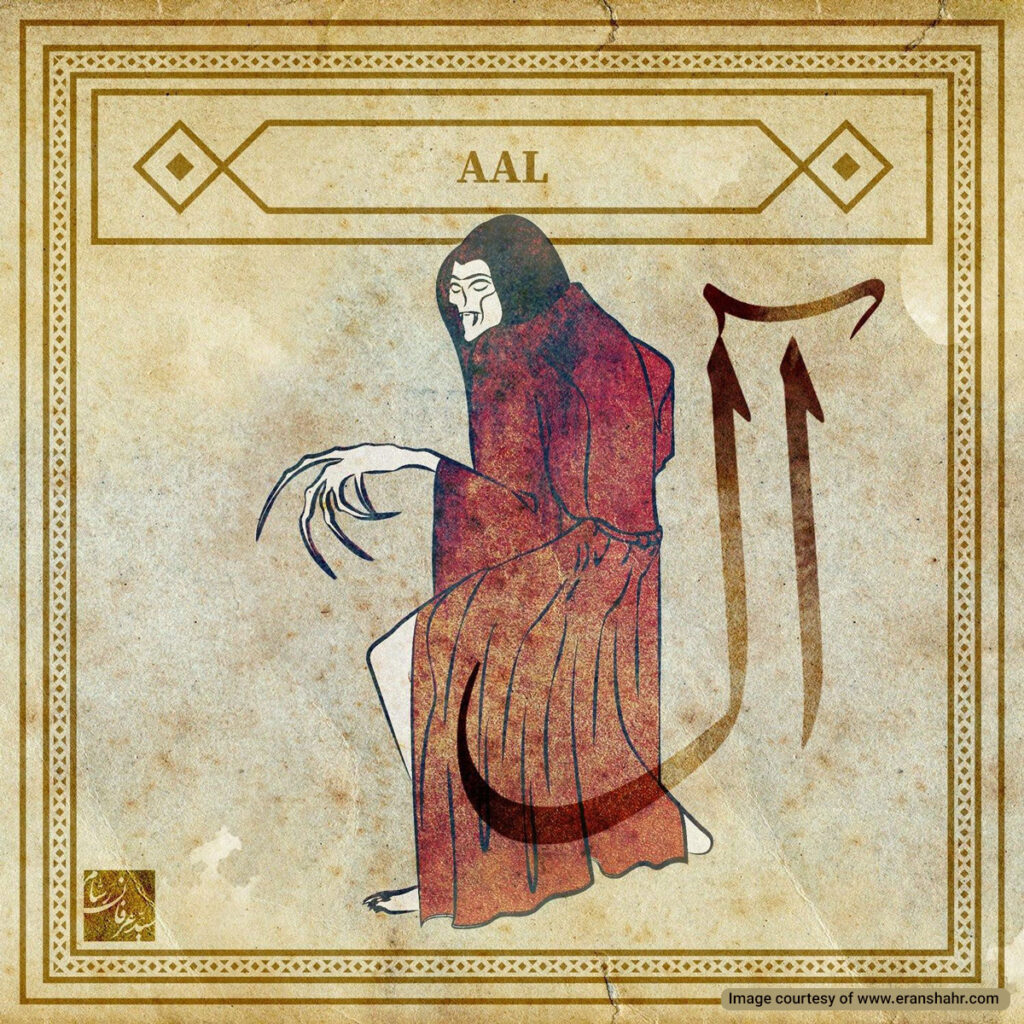
Āl or Hal is a demonic entity that some Iranians still believe exists, especially in villages and traditional settings. Āl is described as a scrawny figure like an old woman with long claws, a clay nose, fire eyes, and metal fangs. They possess superhuman strength and speed and can traverse through water portals.
This demon preys on pregnant women and attacks them after childbirth if they are left alone. According to folktales, the Āl steals the heart, lungs, and liver of the mother after birth. According to some traditional beliefs, they steal the infant and replace it with a demon spawn. The best way to repel the Āl is with a safety pin attached to the mother’s dress.
Bakhtak (Sleep Paralysis Demon)
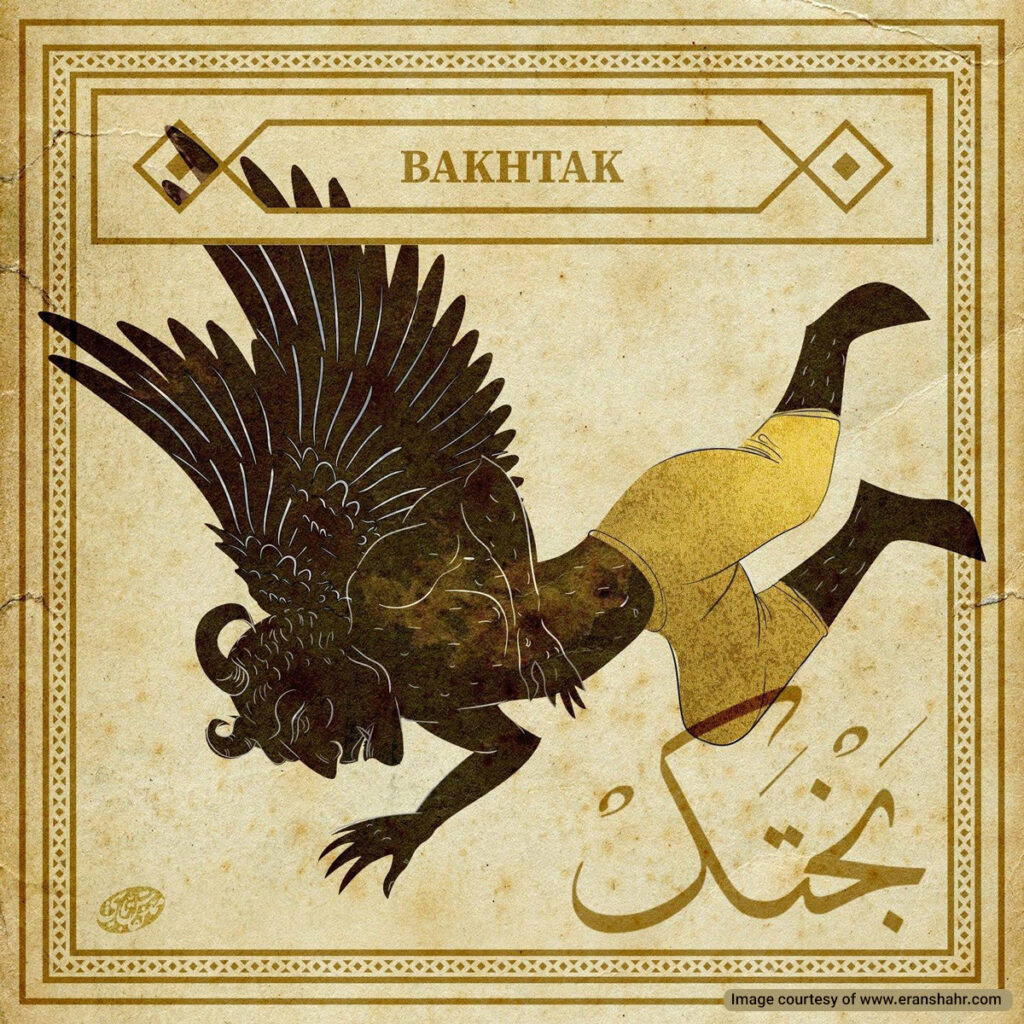
Bakhtak is the demon associated with sleep paralysis. In traditional belief, this demon would sit on a sleeping person’s chest and prevent them from moving or breathing. The word Bakhtak means small fortune. According to Persian folklore, if the person haunted by the demon holds its nose, the demon will tell him the location of a treasure.
Busalame (Southern Iran)
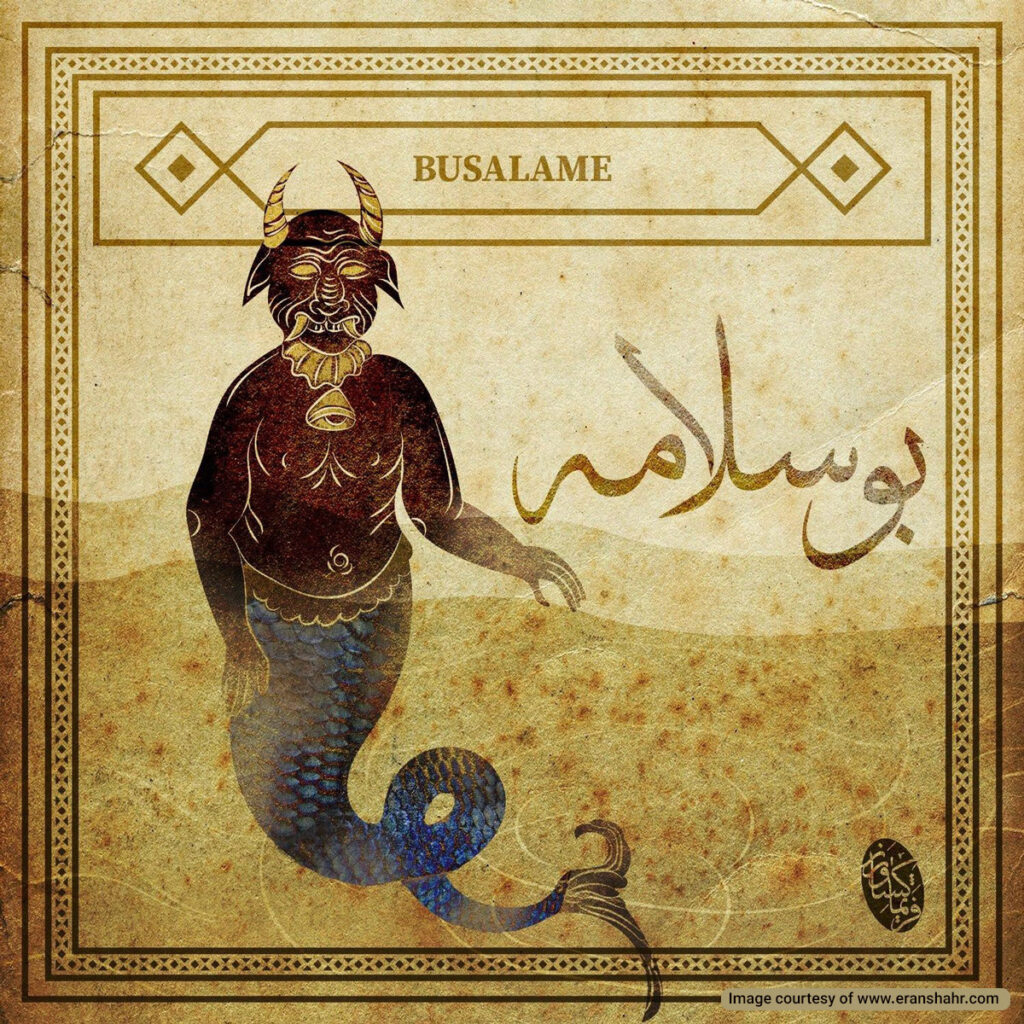
Busalame is a creature from Persian folklore, particularly in the southern regions of Iran. It is often described as a sea monster that is half fish and half beast. According to local lore, Buslame is known to lure the bravest fishermen to the sea and capture children on the beach, dragging them into the water.
There are various stories about Buslame’s behavior. One tale says that at night, Buslame emerges from the sea and sits in front of ships, waiting for a sailor to come out. When a sailor appears, Buslame throws himself into the sea, and the sailor, thinking it’s his lover, follows, only to be pulled underwater by Buslame.
Buslame is often depicted as a dangerous creature that attacks ships and takes sailors and young people to devour them. This creature is a part of the rich tapestry of Persian folklore, reflecting the fears and mysteries associated with the sea.
Pari Daryāyee (Mermaid)
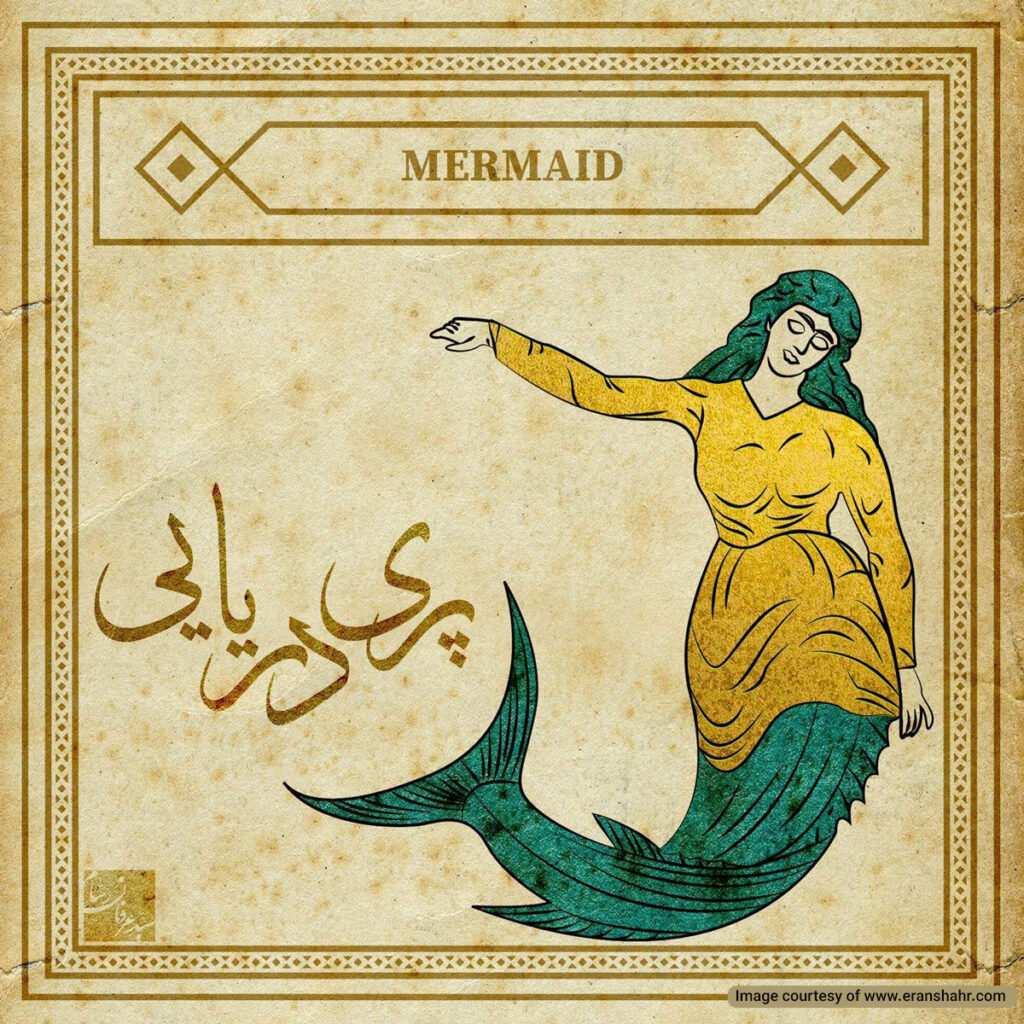
Pari Daryayee is a creature from Persian folklore often compared to mermaids. These “Sea Fairies” are said to be half-human and half-fish, and they are known for their beauty and enchanting presence. In many stories, Pari Daryayee are seen as guardians of the sea, protecting its treasures and ensuring the balance of marine life. They are often invoked in tales of shipwrecks and storms, where they may either save or doom sailors, depending on their whim.
These sea fairies are known for their mesmerizing songs and dances. Legends tell of sailors who are lured by their voices, only to be entranced and taken to the depths of the sea. Sometimes, these encounters end in romance, while other times they serve as a cautionary tale about the dangers of the unknown.
Qareen (Double)
Qareen is often depicted as a spirit that mirrors the person it accompanies. It is believed that every person is born with a Qareen that stays with them, influencing their actions and fate. The nature of the Qareen—whether good or evil—can vary, much like the concept of an angel on one shoulder and a devil on the other.
Unlike other spirits or supernatural beings, Qareens are usually invisible and only sensed or felt by the person they accompany. Their presence is often considered a subtle influence on a person’s thoughts and actions.
Khannaseh
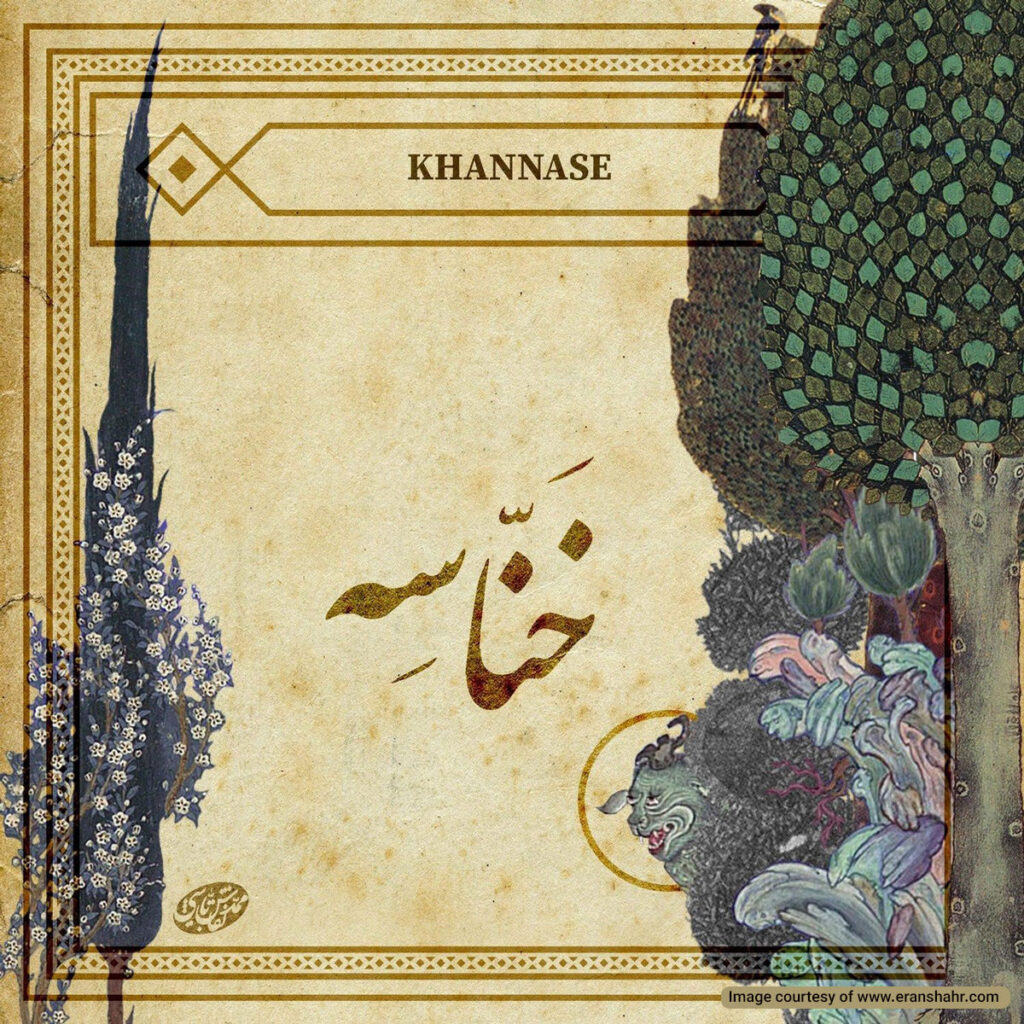
Khannase is depicted as a tiny creature, often with a short stature. Despite its size, it is known for its quick movements and its tendency to hide in places like deserts, palm groves, and behind trees and fences. Khannase is often associated with laughter, particularly evil or mocking laughter.
In some local lore, the name Khannase is used to describe people who laugh excessively and without reason. It serves as a metaphor for foolish or uncontrolled behavior.
Persian Folk Tales
Tales are one of the greatest parts of Persian folklore that have survived through traditions like Yalda Night, and other events when elders tell stories to the young to convey important messages and for entertainment. There are many Persian folktales that each deserve their own post, but the following are the top 5 Iranian folklore tales.
Amir Arsalan the Famous
The tale of Amir Arsalan dates back to the Qajar era and remains one of the most famous Persian folktales. It was popularized through oral storytelling and later documented by Mohammad Ali Naqib al-Mamalek, a storyteller in the court of Naser al-Din Shah Qajar. Its themes of heroism, love, and adventure resonate deeply with audiences, making it a beloved story.
Amir Arsalan is the son of King Tahmasp and Queen Mahin Banu of Roum. Following a coup that forces the royal family to flee, Amir Arsalan is raised in exile by his loyal nursemaid. As he grows, it becomes apparent that Amir Arsalan is no ordinary young man—his bravery, intelligence, and strength are exceptional.
Upon learning of his true heritage, Amir Arsalan sets out on a quest to reclaim his father’s throne and rescue his beloved, Princess Farrokh-Lagha. His journey is fraught with danger and adventure, involving battles with fierce creatures and deceitful sorcerers. With the aid of the magical sword Shamshir-e Zomorrod-Nagsh and his loyal companions, he faces numerous challenges that test his valor and wit.
One of the most significant challenges Amir Arsalan faces is the battle against the monstrous Deevs and their leader, Fulad-Zereh, an invincible giant covered in iron. Through cunning and the help of supernatural allies, Amir Arsalan defeats Fulad-Zereh and continues his quest.
Kadu Qelqelezan (Rolling Pumpkin)
Kadu Qelqelezan is a humorous folktale passed down through generations, particularly popular among children. Its whimsical and playful nature makes it a favorite bedtime story.
The tale follows an old woman who, while on her way to visit her daughter, gets chased by a wolf. To escape, she hides in a pumpkin. When the wolf continues to pursue her, she decides to roll inside the pumpkin, hence the name “Rolling Pumpkin.”
As she rolls along, she meets various characters, including a chicken, a rooster, and a donkey, who help her along her journey. Eventually, she reaches her daughter’s house safely. The story teaches lessons about wit, bravery, and the value of community support.
Māh-pišāni (Moon-brow)
The story of Māh-pišāni is deeply rooted in Persian folklore, celebrated for its themes of beauty and self-worth. It has been retold in various forms, including poetry and oral narratives.
Māh-Pišāni, meaning “Moon-brow,” tells the story of a girl born with a luminous mark on her forehead that glows like the moon. Her unique feature makes her stand out, but it also subjects her to ridicule and rejection from her peers.
Despite the challenges she faces, Māh-Pišāni grows up to be kind-hearted and wise. Her journey of self-discovery begins when she leaves her village to find acceptance and a sense of belonging. Along the way, she encounters various characters who either mock her or try to exploit her unique features for their gain.
However, Māh-Pišāni’s inner strength and resilience shine through as she navigates these trials. Her kindness and wisdom ultimately win the hearts of those she meets. In one significant encounter, she helps a prince overcome a curse, showcasing her bravery and intelligence. The prince, recognizing her true worth, falls in love with her, and they get married.
The story concludes with Māh-Pišāni returning to her village, now celebrated for her inner and outer beauty. Her journey teaches the villagers to look beyond appearances and value the virtues of kindness, wisdom, and courage.
Nāranj o Toranj (Bitter Orange and Bergamot Orange)
The tale of Nāranj o Toranj is a classic Persian folktale, deeply embedded in the cultural traditions of Iran. It’s a beloved story, often recounted during family gatherings and cultural celebrations. The tale’s themes of love, transformation, and wisdom have kept it alive through generations.
Nāranj o Toranj tells the story of a prince who falls in love with a beautiful but mysterious maiden named Toranj. The maiden, who is enchanted, can transform into a bergamot orange. This transformation is both a blessing and a curse, tied to a spell that protects her but also keeps her apart from her beloved.
One day, the prince meets Toranj in her human form and is immediately captivated by her beauty and grace. They fall deeply in love, but Toranj warns the prince of the curse that forces her to transform back into a bergamot orange at sunrise. Determined to be with her, the prince vows to find a way to break the spell.
Throughout the story, the prince embarks on a journey filled with trials and challenges. He seeks the help of wise elders, and magical beings, and encounters various obstacles that test his resolve and love. His journey symbolizes the quest for wisdom and the perseverance needed to overcome adversity.
Finally, with the help of a wise old woman, the prince learns the secret to breaking the curse. He must find a certain herb and perform a specific ritual at the break of dawn. After much effort and unwavering determination, the prince successfully breaks the spell, freeing Toranj from her curse.


